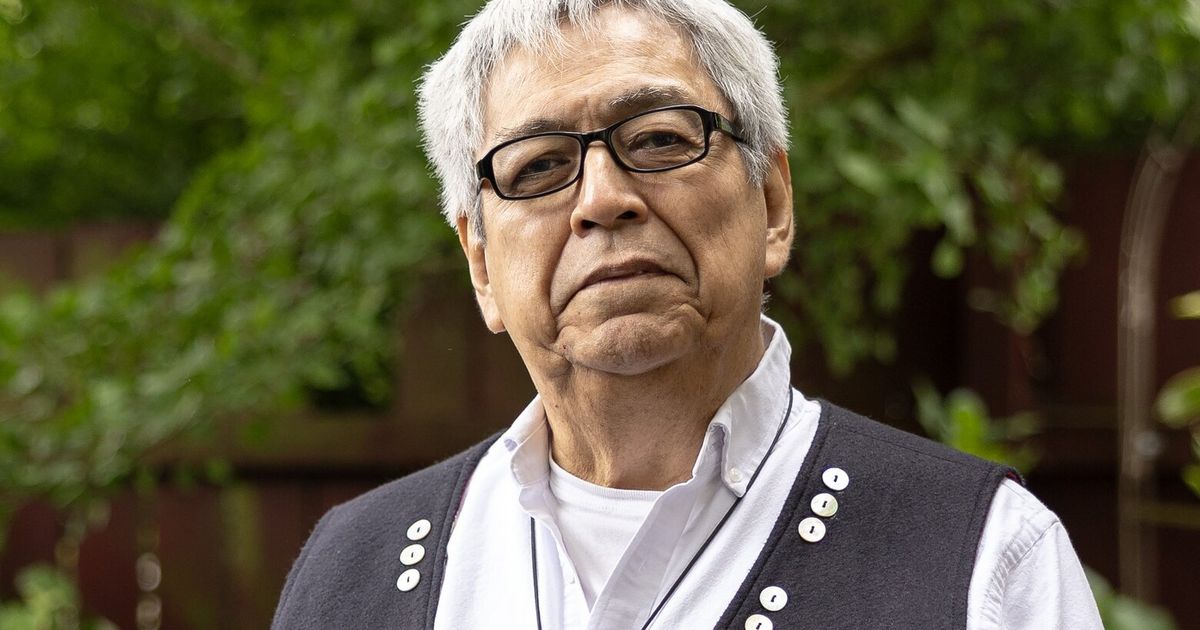Editor’s Note: This story is part of a project recognizing LGBTQ+ people who have shaped Washington ahead of the 50th anniversary of Seattle Pride. To read more, click here . In the heart of Capitol Hill, a collection of color and artwork tells the story of HIV and AIDS in Seattle.
The pieces that make up the city’s AIDS Memorial Pathway , including ones inspired by historical protest signs and Black civil rights leaders, recount some of this region’s most devastating experiences during the 1980s and ‘90s. Completed in 2021 , the art installation also shares beautiful moments of community activism and healing over the years. And it serves as a reminder the story of HIV and AIDS is still unfolding.

It’s been more than 40 years since AIDS was identified in the U.S. , when the disease started infecting primarily young, gay men.
During the deadliest years of the epidemic, in the early 1990s, the virus killed more than 600 Washingtonians a year and was responsible for more than 3,200 deaths in King County alone by the time lifesaving drugs became available in 1996. Since then, breakthroughs in medicine have made HIV infections much less deadly. With treatment, a person infected with HIV can often have a similar life expectancy to a noninfected person.
But the virus that has led to more than 40 million deaths worldwide since 1981 still has no cure or vaccine — and is still shrouded in stigma and misinformation. “HIV is still with us,” said virologist Dr. Larry Corey.























